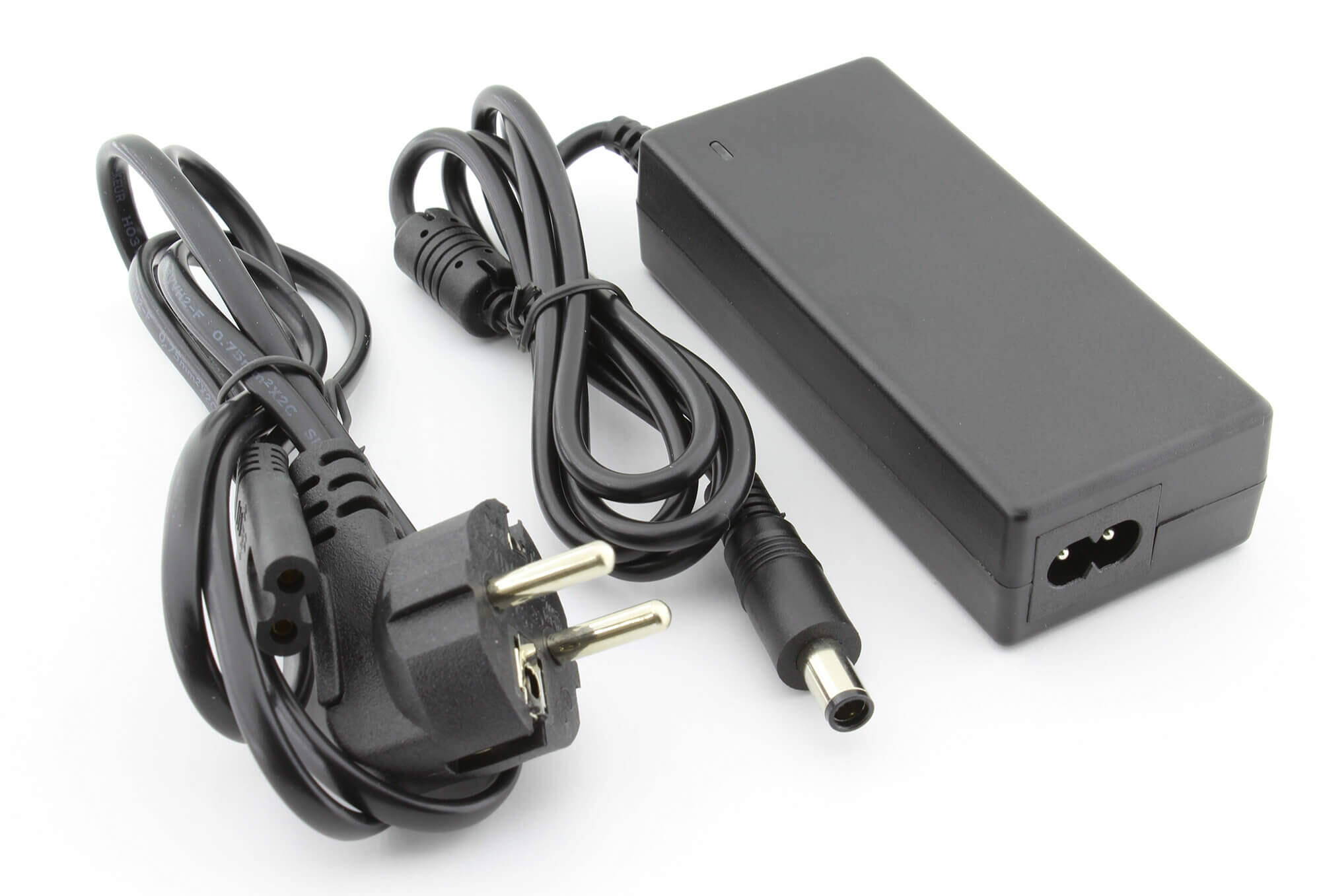
THE PRODUCT:
External power supplies (EPSs), also known as power adapters, are the small black boxes on the cord of many small or portable electronic devices such as laptop computers, tablets, modems, and cell phones. Power supplies convert household electric current (around 120 volts in the United States) to lower AC or DC voltages on which many electronic products operate.
THE STANDARD:
The current standards for EPSs took effect in 2016 and include minimum efficiency requirements for active mode and maximum power limits in no-load mode.
In 2023, DOE proposed updated standards for EPSs, which would result in energy savings of around 3%.
In May 2025, DOE proposed to withdraw the current standards for EPSs, reverting to older standards established by Congress.
KEY FACTS:
As of 2023, annual shipments of EPSs were about 730 million. Technology options for improving the efficiency of EPSs include improved transformers with lower losses and switched-mode power supplies.
Fact Sheets
Filings
ASAP Press Releases
Timeline
| Federal | Date |
| Proposed Rule Issued | 2023 |
| 2nd Federal Standard Effective | 2016 |
| 2nd Federal Standard Adopted | 2014 |
| 1st Federal Standard Effective | 2008 |
| 1st Federal Standard Adopted | 2007 |
| EPACT Initial Federal Legislation Enacted | 2005 |